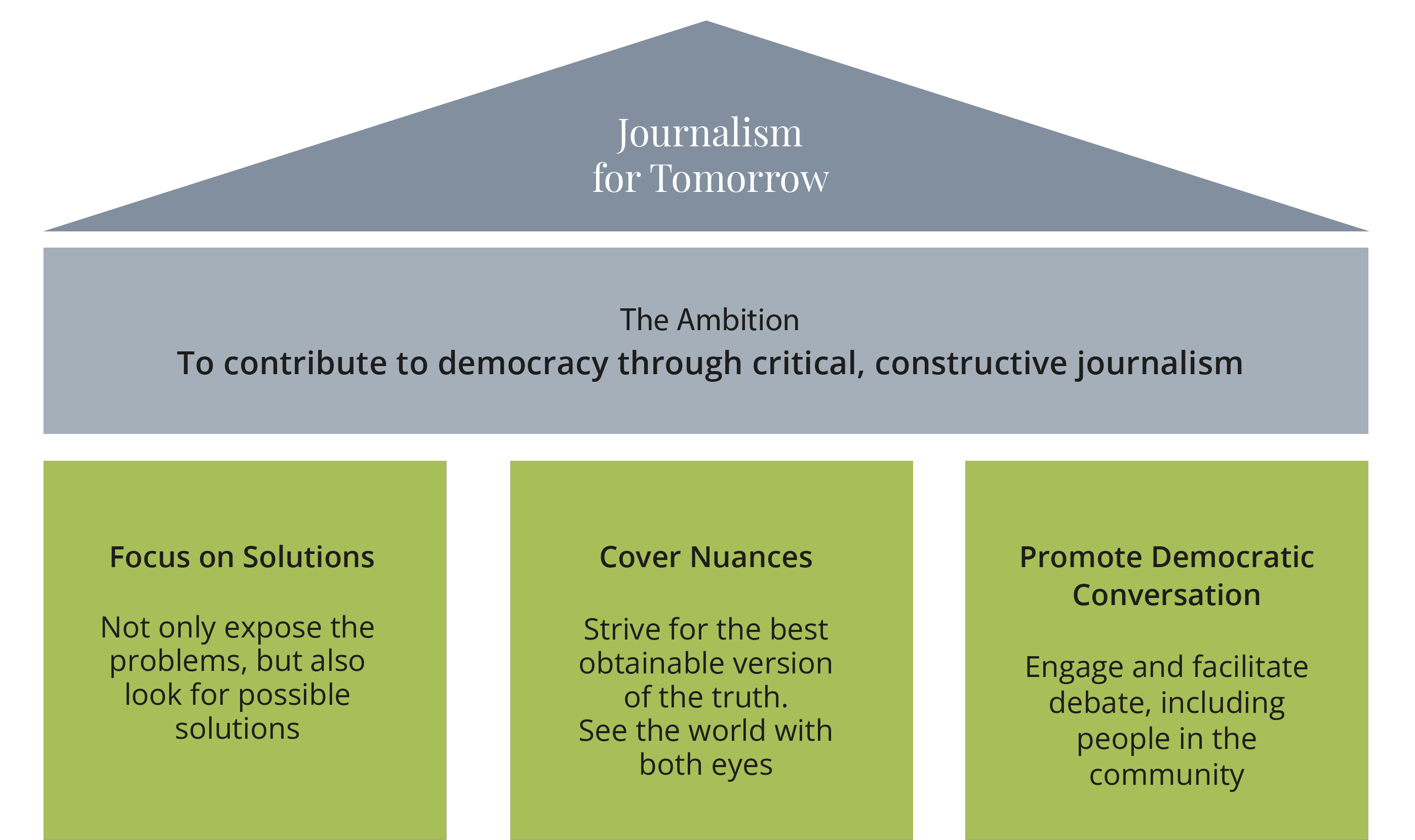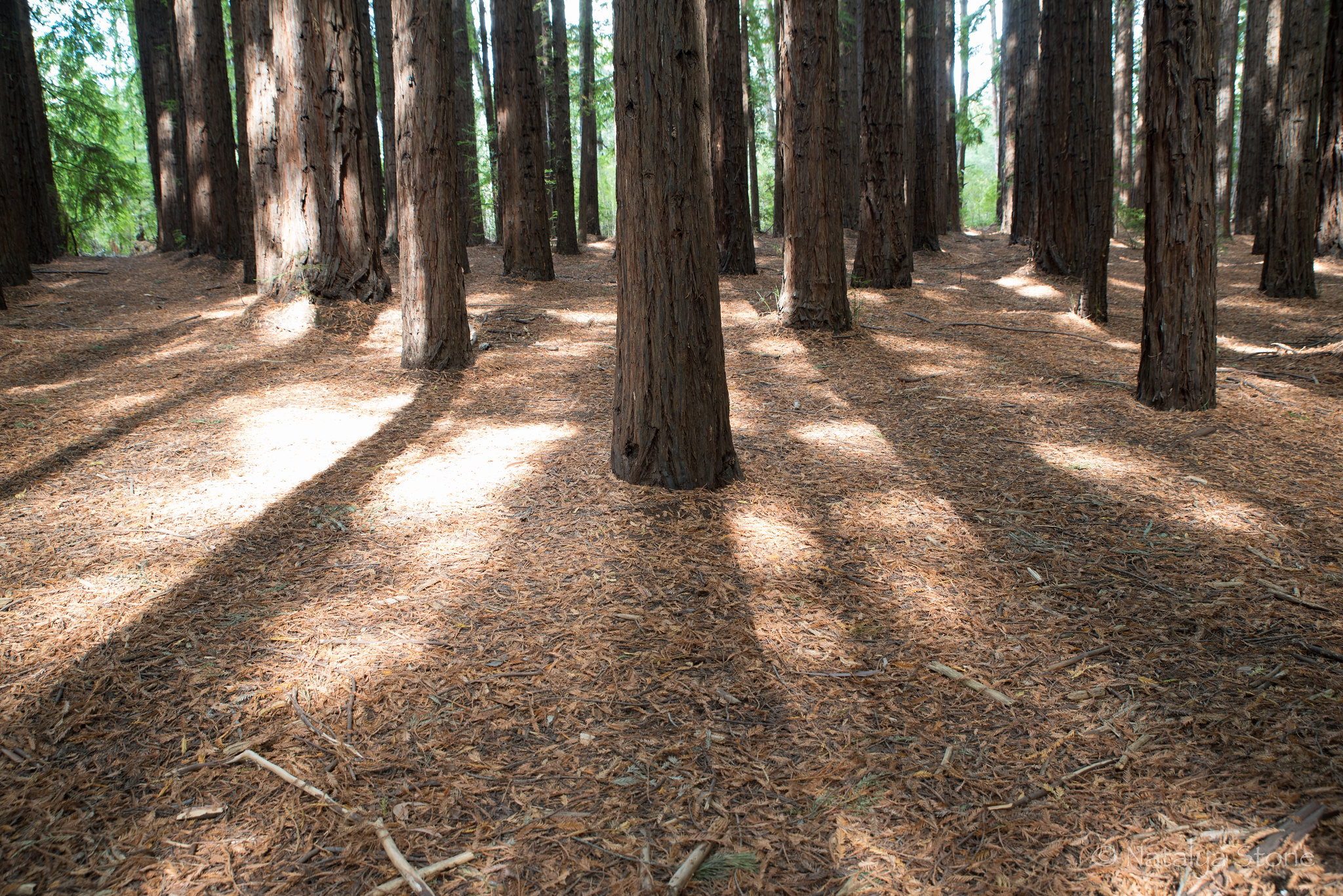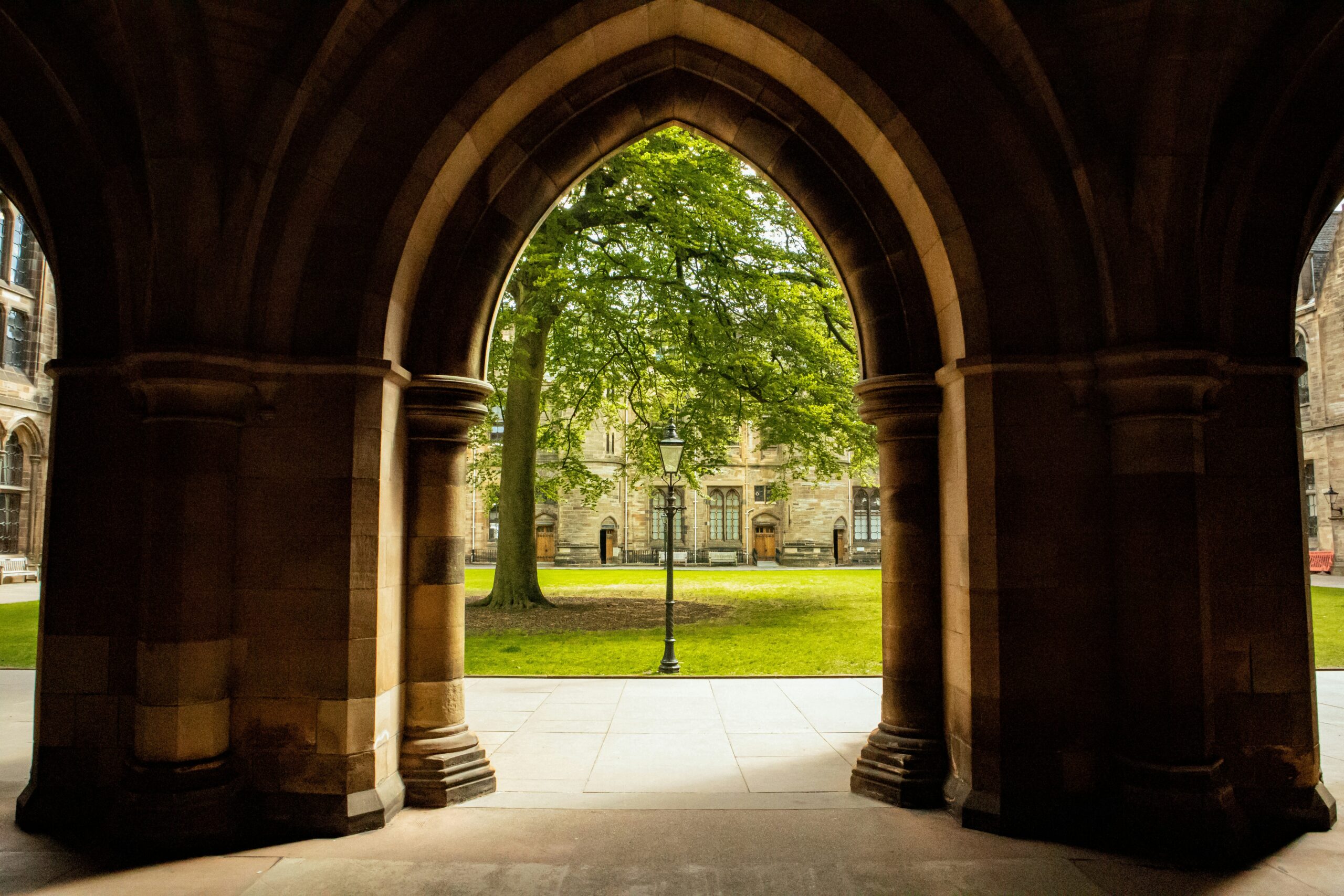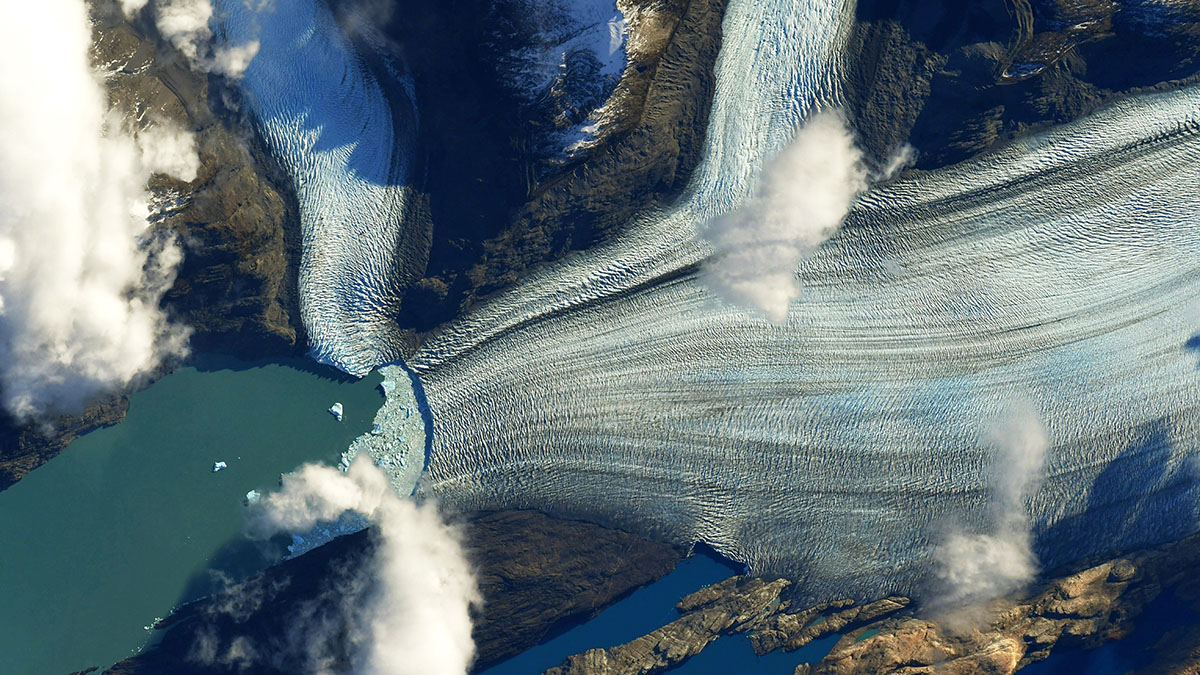What does it look like
The three pillars of constructive journalism viewed through the constructive climate lens

There are three pillars of constructive journalism:
Covering nuances
Focusing on solutions
Promoting a democratic conversation

By Mahima Jain
In collaboration with Tais Gadea Lara and Liam Mannix
Additionally, constructive stories go beyond the 5 W’s (Who, What, When, Where and Why) to What Now. Below, we expand on what the constructive climate lens looks like with these pillars in mind.
Cover solutions critically
…instead of just stating the problem
Constructive journalism is rigorous and critical in its approach, both when it comes to reporting on problems and progress. It covers responses to well-documented problems, changing the focal point of the story from the problem itself to efforts to solve it.
Backed by scientific evidence from the IPCC reports, climate reportage has focussed on how the world looks like if we don’t act: climate disasters, extreme heat and floods, and unforeseen impacts. While these are important, bleak stories of a distant future need to be supplemented with nuanced ones of our collective futures.
There is an abundance of stories on solutions out there. But applying the constructive climate lens isn’t about promoting one solution over another. Science-based journalism is the need of the hour. Covering mitigation stories means coverage of science. When reporting on climate action, editors should look at scientific solutions critically.
Techno solutions have pros and cons and editors need to ensure that their stories evaluate them.
However, as many scientists told us: we need scientific advancement to tackle the climate change problem. But science will not solve the climate crisis, humans will.
Science and technology do not offer a silver bullet to solve the climate crisis. It cannot fix a crisis made by humans.
As with individual actions, scientific solutions only work when they are part of a whole systems change–economic, political, legal, infrastructure and so on. Focus on the scientific advancements, but don’t lose sight of the bigger picture.
The aim of constructive climate journalism is not activism. Studies show that readers are much more engaged by stories about the world’s problems so long as they contain solutions. Journalists need to join the circle between problem and solution while maintaining a critical lens. We do not propose “feel good” stories

Embrace the nuances
…instead of painting a black-and-white picture
Constructive journalism takes reporting back to its core values where it is balanced, fair and non-sensational. This coverage is calm in tone. In the case of climate journalism, there is a need to be less alarmist and more pragmatic.
For instance, journalists routinely turn to scientists to make sense of what is already happening due to climate change–glacier melt, emissions of the past and future, deforestation and loss of carbon sinks and the list goes on. While climate journalists have certainly not painted a simplistic picture, the goal should also be to paint accurate pictures of our present and future.
Rather than painting issues in black and white, constructive journalism embraces complexity. In this case, it would be to cover climate actions. These have been slow, but they are happening. Science and society are working together to address it at many levels. Readers need this nuance
News organisations that are looking for ways to attract and retain readers will not benefit from conflict. Audiences are hungry for climate news, but the story has to be told in new ways. Constructive coverage can bring together people to solve a common problem.

Promote democratic conversation
……instead of fostering conflict and polarisation
What does climate change coverage have to do with democracy? The answer is everything. Tackling the climate crisis takes the political will to do so. Politicians need to feel there are votes to be gained via climate action and citizens must be informed in order to exert pressure on policymakers.
Outrage and dramatic coverage may feed the politicisation of climate change. Instead journalists covering the climate need to facilitate calm and curious conversations around solutions. People need to trust media that their concerns are taken seriously and in safe hands.
Journalists and editors often worry about climate deniers, but studies show that 86% people globally do not question climate change, and 72% want stronger action on climate. Newsrooms need not waste their scarce resources on convincing deniers.
Climate conferences offer opportunities for fostering dialogue. Newsrooms churn out more climate content during the annual United Nations Conference of Parties than at any other time of the year. However, many editors say they also see a dip in readership for climate stories around the same time.
One issue is a focus on political conflicts during the negotiations, conflict as a news value will not serve climate journalism. Studies show that in the past two decades, climate coverage has increasingly focused on politicians and less on scientists. While the media needs to hold politicians to account, climate conferences provide opportunities to zero in on the science.
The aim should be to facilitate critical debate about possible solutions so societies can move forward.
Menu



